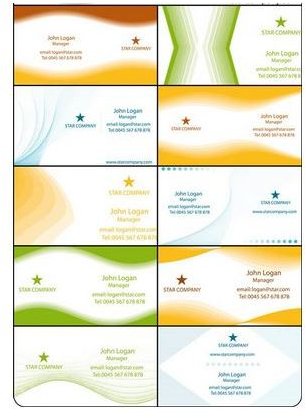 |
| http://www.36point.com/articles/bestbizcard%5B2%5D.jpg |
Next is the DESIGN (Criterion B) stage of the Design Cycle.
- Students are expected to generate several feasible designs that meet the design specification and to evaluate these against the design specification.
- Students are then expected to select one design, justify their choice and evaluate this in detail against the design specification.
To get a 5/6: The student generates a range of feasible (possible) designs, each evaluated against the design specification. The student justifies the chosen design and evaluates it fully and critically against the design specification.
Your tasks are as follows:
1. Create detailed designs,
2. Evaluate each against your design specifications,
3. Choose 1 design and justify your choice fully and critically (use pros/cons, compare/contrast) against your design specifications.
IB Learner Profile Focus - Thinker
Learning Objective: generate several feasible designs that meet the design specification; evaluate the designs against the specification; select one design andjustify its choice.


